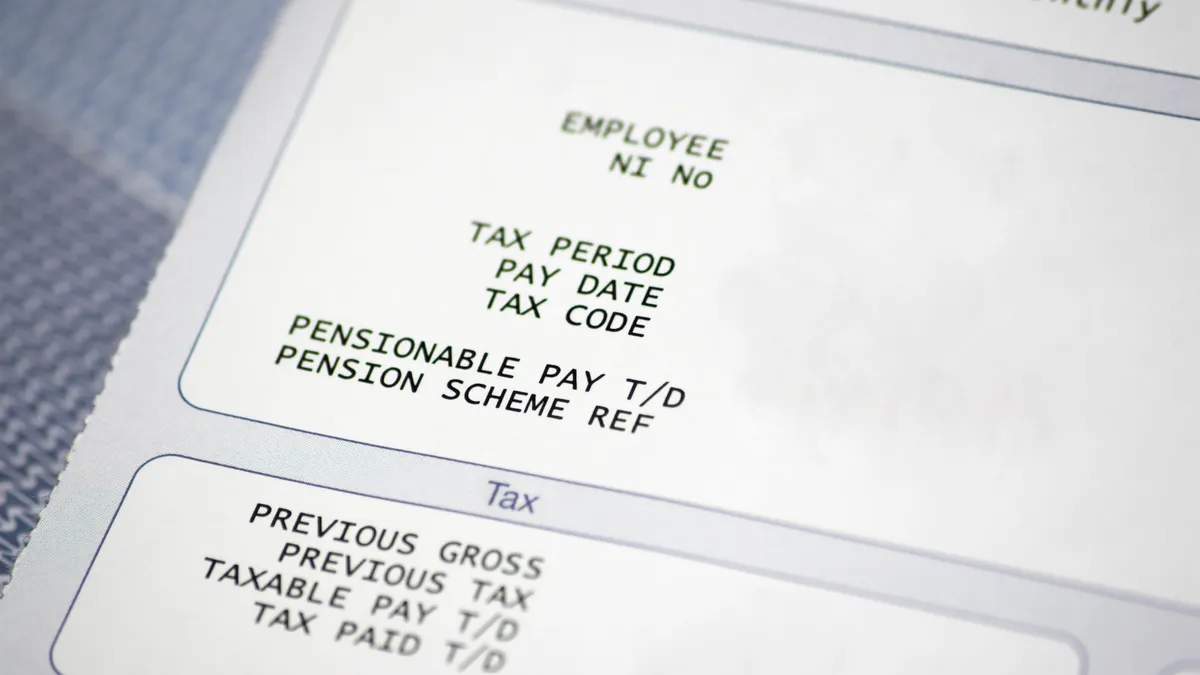A recent survey of U.S. adults ages 20 to 54 who are out of the labor force provides a glimpse into the challenges employers face in seeking to expand their talent pools.
Notably, 72% of the 2,165 nonworking adults surveyed by Artemis Strategy Group and the Bipartisan Policy Center said that either caregiving responsibilities or personal health issues were their main reasons for not seeking work. That share included more than one-third who said they were caring for children and another one-third who were caring for other family members.
Adults ages 25 to 54 form a population termed by the U.S. Bureau of Labor Statistics as “prime-age” adults; the Federal Reserve estimates that close to 20% of prime-age adults are not in the labor force, meaning they are not currently employed and are not looking for work. This large contingent — approximately 24 million Americans, according to BPC, which expanded the scope of its analysis to include adults ages 20 to 24 — presents a challenging situation for employers as they navigate a lack of available talent in some sectors.
“Given this large population, experts continue to explore the multi-faceted factors keeping prime-age adults on the sidelines, while lawmakers prioritize solutions to incentivize labor force participation,” BPC researchers Ben Gitis and Emily Wielk wrote in their analysis of the survey data. “Those not currently looking for work have often been out of the workforce for multiple years, and they struggle to find suitable solutions for juggling employment with caregiving or health needs.”
The survey found that 37% of adults not in the labor force said that caring for a child or for other family members is the main reason for their nonparticipation, including 48% of respondents who are women and 5% of men.
Health, childcare keep US adults sidelined from workforce
Personal health issues also were frequently cited, with 34% of respondents stating that a physical health issue, such as a disability or illness, was their primary reason for not seeking work, while another 1% said this was due to their mental, emotional and behavioral health. Less than one-quarter of adults said they were not looking for work by choice, with reasons ranging from not needing to work, taking a leave of absence or being fully retired.
In many cases, multiple factors play a role in a person’s decision not to seek work, BPC and Artemis found. Most respondents, 64%, said that physical, mental or behavioral health issues played at least some role in preventing them from working, while 54% said the same of caregiving for family members.
There are also intersectional factors to consider. For example, Black adults in the survey were more likely to cite personal health issues as the primary reason for not working than Hispanic or White adults, and men were more likely to cite personal health issues than women. Conversely, 48% of women cited child care as their main reason for not working, compared to just 5% of men.
BPC said that a lack of paid family and medical leave may be a particular sticking point in determining how to improve labor force participation. Paid leave ranked just behind pay and flexible work arrangements as the most important benefit for respondents when they considered entering the workforce.
But paid leave continues to be a hotly debated issue among lawmakers, and a nationwide paid family and medical leave law is not likely to pass Congress in the near future. That has left the issue to a growing number of state and local governments, creating a patchwork of paid leave eligibility and a compliance pain point for employers.
Paid leave benefits are also stratified by income level. Higher-income workers were more likely to receive paid family leave and paid sick leave than lower-income workers, according to 2022 data from the U.S. Bureau of Labor Statistics.
However, income replacement is only part of the story for adults in the BPC and Artemis survey. The organizations found that job protection is also an important factor when considering whether to enter or return to the workforce, with 62% stating that this was the case. Among those out of the labor force, 1 in 5 said that job protection factored into their decisions to leave their previous jobs.
Job protection is a component of the Family and Medical Leave Act, but the law’s lack of income replacement means that a large number of workers feel they cannot take advantage of the leave offered under the FMLA. A February survey by the National Partnership for Women & Families, an advocacy group, found that more than 7 million workers had access to leave in 2022 but did not take it because they could not afford unpaid leave.





















